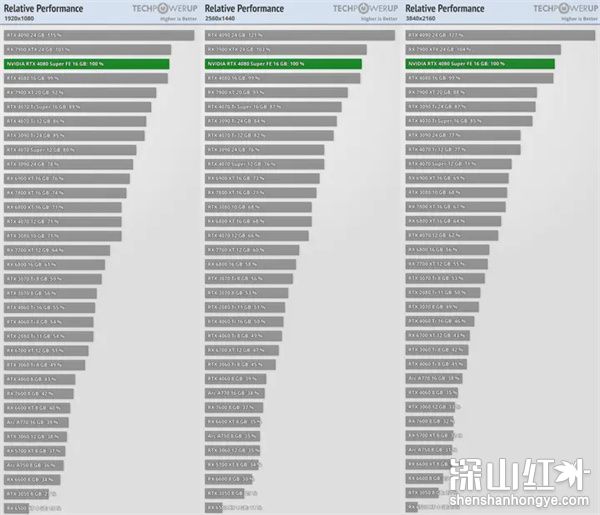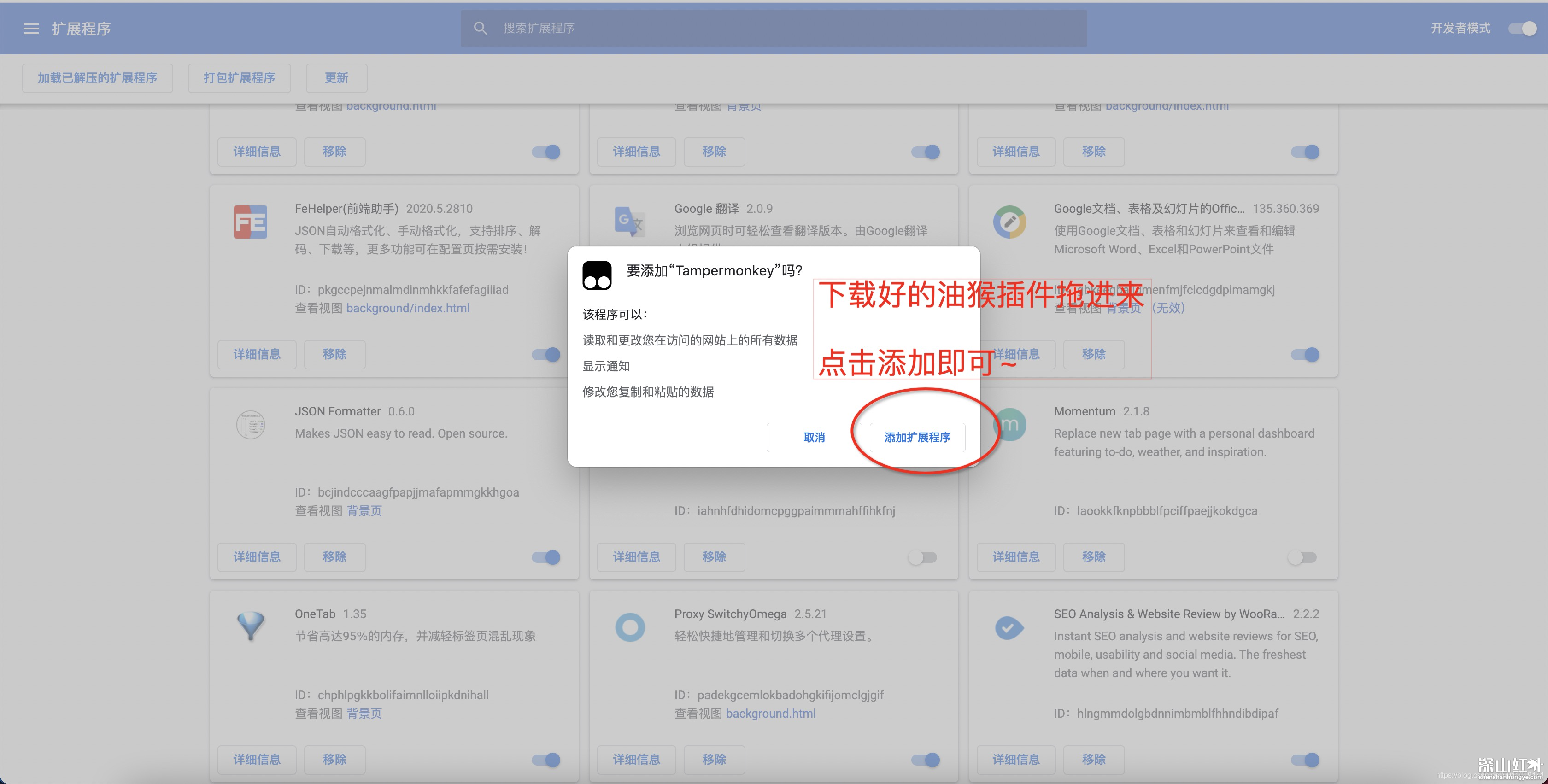1、安装vue-router
npm i vue-router@3
说明:不指定版本默认安装最新版,Vue2X使用vue-router@3,Vue3X使用vue-router@4。
2、引入并应用router
2.1 配置路由
一般在src目录下建立一个router文件夹加入index.js文件
//配置整个应用的路由器
import VueRouter from "vue-router";
import ReportA from "../views/ReportA";
import ReportB from "../views/ReportB";
//创建并暴露路由器
export default new VueRouter({
routes:[
{
path:'/reportA',
component: ReportA
},
{
path:'/reportB',
component: ReportB
}
]
});
2.2 在应用入口main.js引入并应用router
//引入VueRouter
import VueRouter from 'vue-router'
//引入配置的路由器, index.js可以不写,全路径写法 ./router/index.js
import router from './router'
new Vue({
render: h => h(App),
//全写形式:router: router
router
}).$mount('#app')
2.3 使用路由
- router-link 实现路由切换
<!-- to代表路由到达位置 -->
<router-link to="/reportA">ReportA</router-link>
<router-link to="/reportB">ReportB</router-link>
- router-view 实现展示路由的页面
<router-view></router-view>
3 细节配置使用
3.1 路由的query参数
<!-- 参数写法 -->
<!-- <router-link to="/reportB/reportC?a=1&b=2">ReportC</router-link> -->
<!-- 对象写法 -->
<router-link :to="{
path:'/reportB/reportC',
query:{
a:1,
b:2
}
}">ReportC</router-link>
<!-- 接收参数 -->
$route.query.a
$route.query.b
3.2 路由命名
export default new VueRouter({
routes:[
{
name:'reportA',
path:'/reportA',
component: ReportA
},
{
name:'reportB',
path:'/reportB',
component: ReportB
}
]
});
<!-- 使用路由name -->
<router-link :to="{name:'reportA'}">ReportC</router-link>
3.3 路由的params参数
3.3.1 配置路由,申明params参数
export default new VueRouter({
routes:[
{
path:'/componentA',
component: ComponentA
},
{
path:'/componentB',
component: ComponentB
},
{
path:'/reportA',
component: ReportA
},
{
path:'/reportB',
component: ReportB,
children:[
{
name: 'reportC',
path:'reportC',
component: ReportC
},
{
name:'reportD',
//使用占用符声明接收params参数
path:'reportD/:a/:b',
component: ReportD
}
]
}
]
});
3.3.2 接收params参数
<!-- params 参数写法 -->
<!-- <router-link to="/reportB/reportD/1/2">ReportD</router-link> -->
<!-- params 对象写法,只允许使用路由name,不允许使用path -->
<router-link
:to="{
name: 'reportD',
params: {
a: 1,
b: 2,
},
}"
>ReportD</router-link
>
3.4 路由的props参数
//1. router中 props对象写法
{
name:'reportD',
//使用占用符声明接收params参数
path:'reportD',
component: ReportD,
//props对象写法,对象中key-value会以props的形式传给路由指向的组件
props:{
a:1,
b:2
}
}
//2. props布尔值写法
{
name:'reportD',
//使用占用符声明接收params参数
path:'reportD/:a/:b',
component: ReportD,
//props布尔值写法,会将路由中的所有params参数以props的形式传给路由指向的组件
props: true
}
//3. props函数写法
{
name:'reportD',
//使用占用符声明接收params参数
path:'reportD/:a/:b',
component: ReportD,
//props布尔值写法,会将路由中的所有params参数以props的形式传给路由指向的组件
props(router){
return{
a:router.query.a,
b:router.query.b
}
}
}
//props 对象接收
export default {
name: "reportD",
//props对象接收
props:['a','b'],
};
3.5 路由的replace属性
//浏览器的历史记录有两种方式:push 和 replace,
//默认为push模式,push模式会在浏览器中留有历史记录,replace会替换当前的记录.
<router-link to="/reportB/reportD" replace>ReportD</router-link>
3.6 编程式路由导航
this.$router.push({
name:'',
params:{
a:1,
b:2
}
})
this.$router.replace({
name:'',
params:{
a:1,
b:2
}
})
this.$router.forward()
this.$router.back()
this.$router.go()
3.7 缓存路由组件
//切换路由时,保持组件挂载,不被销毁
<keep-alive include="组件名">
<router-view></router-view>
</keep-alive>






